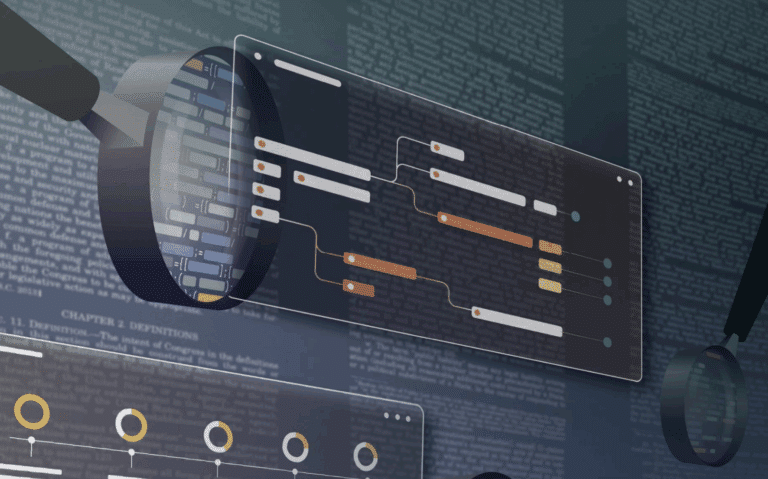A New Unifying Issue: Just About Everyone Hates Data Centers
Recent election results and evidence from states show misgivings about the growth of AI and the ramifications for energy costs and the environment.
Current Access Level “I” – ID Only: CUID holders, alumni, and approved guests only
Insights from the Center on Global Energy Policy
This Energy Explained post represents the research and views of the author. It does not necessarily represent the views of the Center on Global Energy Policy. The piece may be subject to further revision. Contributions to SIPA for the benefit of CGEP are general use gifts, which gives the Center discretion in how it allocates these funds. Rare cases of sponsored projects are clearly indicated.
For a full list of financial supporters of the Center on Global Energy Policy at Columbia University SIPA, please visit our website at Our Partners. See below a list of members that are currently in CGEP’s Visionary Circle. This list is updated periodically.
March 26, 2024, marks the 25th anniversary of operations at the Waste Isolation Pilot Plant (WIPP). Located about 30 miles southeast of Carlsbad, New Mexico, in the Chihuahuan Desert, WIPP is the nation’s only deep geologic repository for the disposal of nuclear waste, and is legally restricted to disposal of defense-related transuranic (TRU) waste. The United States has other inventories of long-lived radionuclides that will eventually need the isolation afforded by a facility like WIPP, including, in particular, 90,000+ metric tons of spent nuclear fuel (SNF) from the operation of commercial nuclear power plants[1] as well as over 11,000 metric tons-equivalent of high-level nuclear waste (HLW) from the US nuclear weapons program.
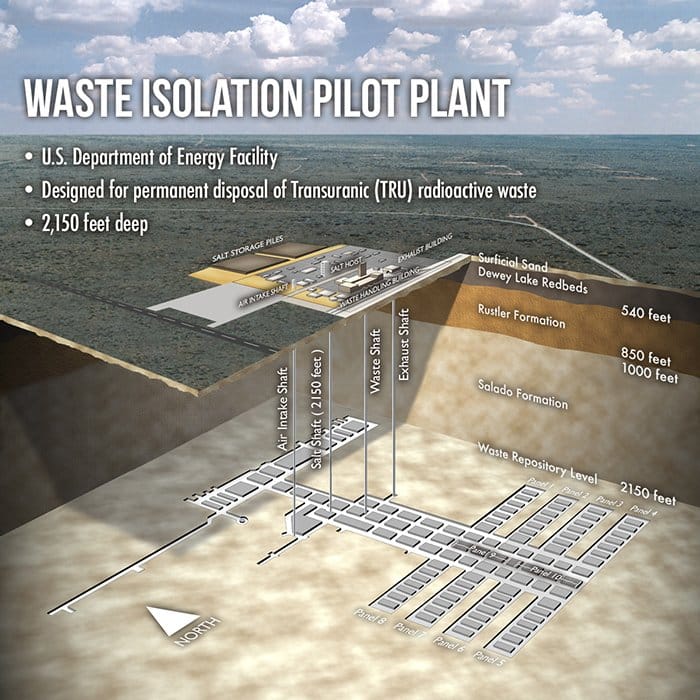
WIPP’s mission is rooted in national defense. When the US nuclear weapons program began in the 1940s, TRU waste—that is, tools, rags, protective clothing, sludges, soil, and other materials contaminated with elements that have atomic numbers greater than uranium[2]—began to accumulate. The Atomic Energy Commission became interested in a potential disposal site in southeastern New Mexico after being invited by a few Carlsbad leaders.[3] Reaching 2,150 feet below the earth’s surface, WIPP utilizes underground rock salt from the Permian Basin which will eventually permanently encapsulate the emplaced waste packages.[4] From preliminary work in the 1970s, it took about 25 years to site, license, and construct the facility before operations began in 1999.
The WIPP facility permanently disposes of radioactive materials after they are packed in drums and special containers and shipped by WIPP trucks over routes approved by federal and state regulators.[5] To date, WIPP has received 13,843 TRU waste shipments from across 22 sites of the United States Department of Energy (DOE).[6] The safe transportation record of shipments of nuclear waste to the WIPP site has been acknowledged, and even suggested as a possible model for the eventual transportation of SNF and HLW, by groups such as the Western Governors Association.[7]
The state of New Mexico had been receiving funding from the DOE since 1998 for the purpose of road improvements in connection with waste shipments. The Waste Isolation Pilot Plant Land Withdrawal Act (Public Law 102-579) authorized payments to the State of New Mexico in the amount of $20 million (plus inflation) for each fiscal year (FY 1998–FY 2011).[8]
In 2012, when the Blue Ribbon Commission on America’s Nuclear Future recommended that the United States begin a new “consent-based” approach to siting and licensing more repositories,[9] its reasoning was partly based on the experience at WIPP. The repository can be fairly characterized as the successful outcome of a consent-based process where the local community and the state, for the most part, supported the project on a bipartisan basis. Just last year, a Democratic administration in New Mexico renewed the operating permit for WIPP[10] for an additional 10 years.[11] The previous Republican administration had been supportive of the WIPP facility, too.
The recent agreement between New Mexico and DOE, however, includes a provision requiring the DOE to “submit an annual report summarizing its progress toward siting another repository for TRU waste in a state other than New Mexico.”[12] The inference is that New Mexico—so far the only state hosting a deep geologic repository for nuclear waste disposal—would like to see the federal government take steps toward establishing another such facility in a different state.
The long and, at times, arduous journey to open the WIPP facility was supported by the residents of Carlsbad. The local communities have experienced economic benefits that the WIPP facility has provided to the area, both during the construction phase and through the course of its operations. Today, WIPP provides around 1,700 jobs in New Mexico.[13]
The WIPP project did face opposition from individuals in New Mexico, some New Mexico state government officials, some members of Congress, and various environmental groups. A 1981 lawsuit by the state led to negotiations between it and DOE resulting in a settlement agreement with provisions the state wanted the DOE to abide by. The WIPP Land Withdrawal Act of 1992, among other provisions, gave the state the authority to regulate mixed waste operations at WIPP under the Resource Conservation and Recovery Act.[14]
While WIPP is currently the only operating deep geologic repository for nuclear waste in the world, it is not likely to remain so for very long. Finland has been building a repository for its commercial SNF for years now, which is close to beginning disposal operations.[15] Sweden is not too far behind, while Canada is close to selecting its preferred site.[16] One common element to each program is that they are based on the consent of the local community.
If the WIPP experience is any indication of how long it takes to site, license, and build a deep geologic repository, it may be another 25 years before the United States sees another such facility in operation. However, this assumes that the federal government is actively working toward siting a new disposal facility—which is not the case. Whenever the effort to host another deep geologic repository gets underway, state and local officials will, at the very least, have one operating facility in the United States to visit in order to learn more about the associated risks and benefits. Likely in the not-too-distant future, there will also be other operating repositories around the world for those state and local officials to visit.
CGEP’s Visionary Circle
Corporate Partnerships
Occidental Petroleum Corporation
Tellurian Inc
Foundations and Individual Donors
Anonymous
Anonymous
the bedari collective
Jay Bernstein
Breakthrough Energy LLC
Children’s Investment Fund Foundation (CIFF)
Arjun Murti
Ray Rothrock
Kimberly and Scott Sheffield
[1] Commercial SNF from DOE, “5 Fast Facts about Spent Nuclear Fuel,” accessed March 21, 2024, https://www.energy.gov/ne/articles/5-fast-facts-about-spent-nuclear-fuel; Defense HLW from Table 1 of GAO, “Benefits and Costs Should Be Better Understood Before DOE Commits to a Separate Repository for Defense Waste,” January 31, 2017, https://www.gao.gov/products/gao-17-174.
[2] DOE, “Transuranic (TRU) Waste,” accessed March 11, 2024, https://wipp.energy.gov/tru-waste.asp.
[3] Chuck McCutcheon, Nuclear Reactions: The Politics of Opening a Radioactive Waste Disposal Site (Albuquerque: University of New Mexico Press, 2002), ix.
[4] DOE, “WIPP Site,” accessed March 11, 2024, https://wipp.energy.gov/wipp-site.asp.
[5] DOE, “Packing,” accessed March 11, 2024, https://wipp.energy.gov/packaging.asp.
[6] DOE, “Shipment & Disposal Information,” accessed March 11, 2024, https://wipp.energy.gov/shipment-information.asp.
[7] Western Governors Association, “Transportation, Storage and Disposal of Radioactive Waste, Radioactive Materials and Spent Nuclear Fuel,” Policy Resolution 2018-10, https://westgov.org/images/files/WGA_PR_2018-10_Radioactive_Materials_Management.pdf.
[8] DOE, “FY 2010 Congressional Budget Request – Environmental Management,” 93–102, https://www.energy.gov/sites/default/files/FY10Volume5.pdf.
[9] Blue Ribbon Commission on America’s Nuclear Future, 2012, https://www.energy.gov/ne/articles/blue-ribbon-commission-americas-nuclear-future-report-secretary-energy.
[10] Nuclear Newswire, “New Mexico Approves WIPP’s 10-Year Permit Renewal,” October 12, 2023, https://www.ans.org/news/article-5437/new-mexico-approves-wipps-10year-permit-renewal/.
[11] Ibid.
[12] The New Mexico Environment Department website hosts the 2023 settlement agreement: https://www.env.nm.gov/hazardous-waste/wipp/.
[13] DOE presentation on July 11, 2023, Slide 16, https://wipp.energy.gov/presentations.asp.
[14] Matt Bowen, “Forging a Path Forward on US Nuclear Waste Management: Options for Policymakers,” Center on Global Energy Policy, Columbia University, January 2021, 21–25, https://www.energypolicy.columbia.edu/wp-content/uploads/2021/01/NuclearWaste_CGEP_Report_111522.pdf.
[15] Erika Benke, “Finland’s Plan to Bury Spent Nuclear Fuel for 100,000 Years,” BBC, June 13, 2023, https://www.bbc.com/future/article/20230613-onkalo-has-finland-found-the-answer-to-spent-nuclear-fuel-waste-by-burying-it.
[16] Sarah Law, “NWMO Reaffirms Aafety of Canada’s 1st Nuclear Waste Repository but There’s Still Heavy Pushback,” CBC, March 18, 2024, https://www.cbc.ca/news/canada/thunder-bay/nuclear-waste-repository-safety-reports-1.7145240.
CGEP scholars reflect on some of the standout issues of the day during this year's Climate Week

This special CGEP blog series, featuring six contributions from CGEP scholars, analyzes the potential impacts of the OBBBA across a range of sectors.
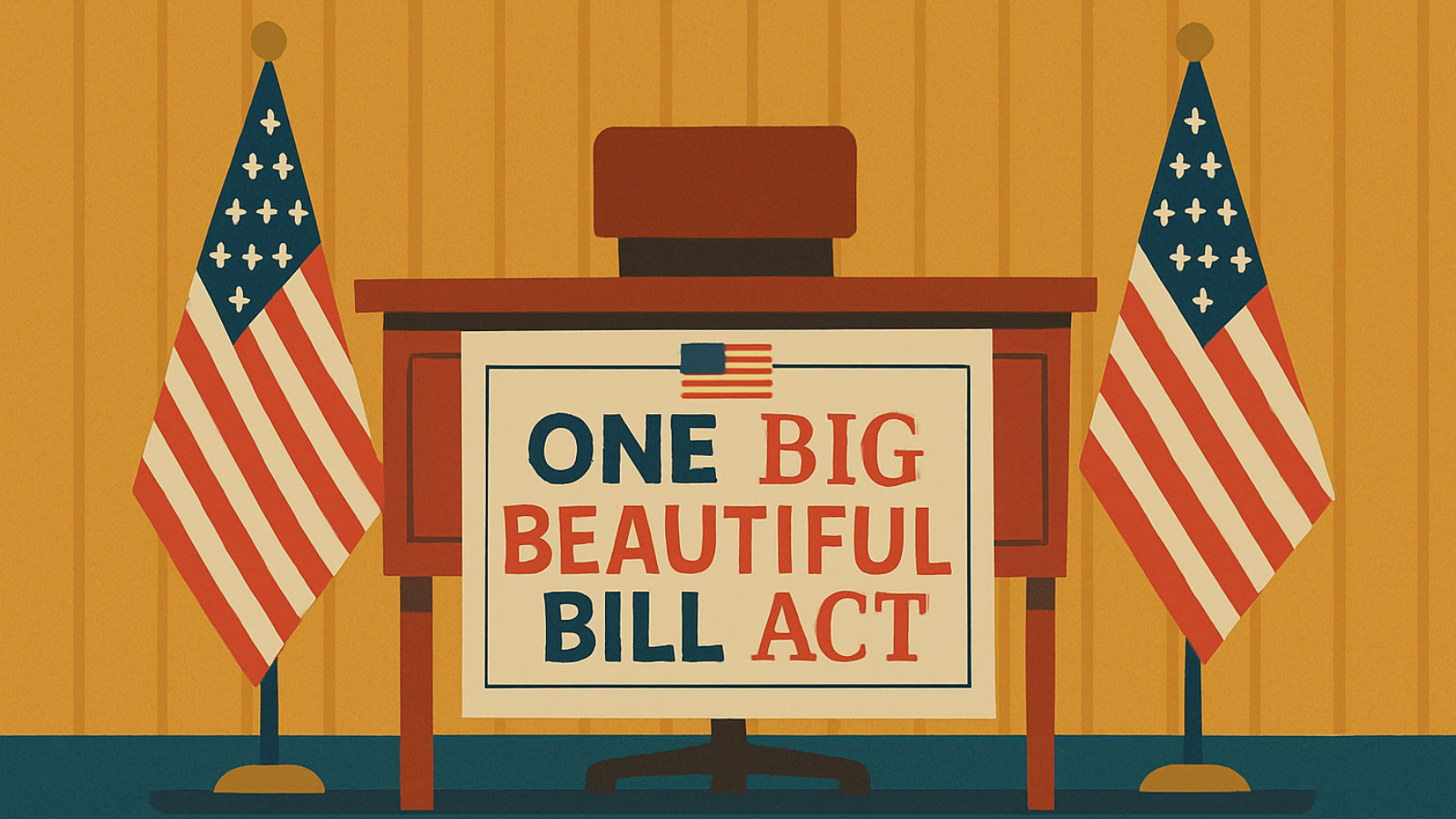
The Canadian Nuclear Safety Commission (CNSC) issued a construction license last week for what would be the first commercial small modular reactor (SMR)[1] in North America.
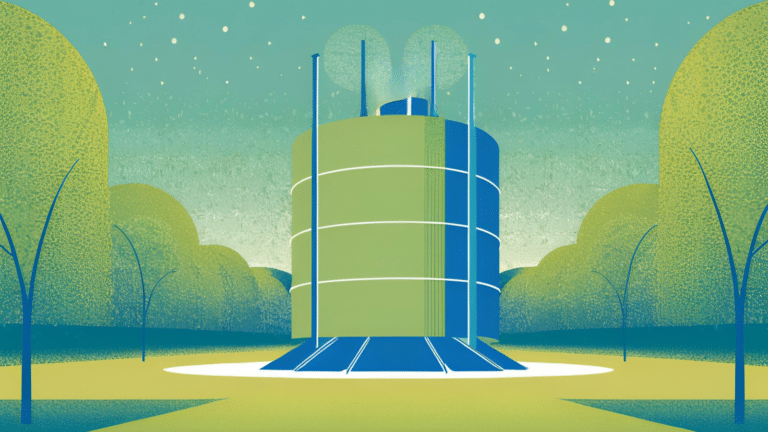
Reuters recently reported that, for the first time, the Government of India will invite private companies to invest in nuclear electricity projects to ramp up growth in this important non-fossil electricity source.
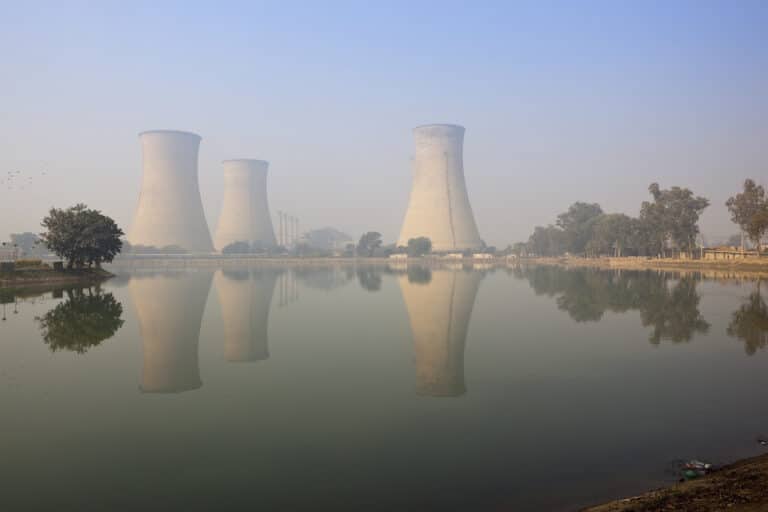
The NRC is already experimenting and making improvements in reducing licensing review times without changing the diligence or substance of its evaluations, and the results are promising. If the projected volume of applications materializes, the NRC will need to continue to apply the new approaches it has begun using, as well as seek out additional efficiencies. This paper lays out actionable recommendations on what NRC can do now—under existing statutory authority—to further compress schedules while preserving safety, due process, and analytical quality.
